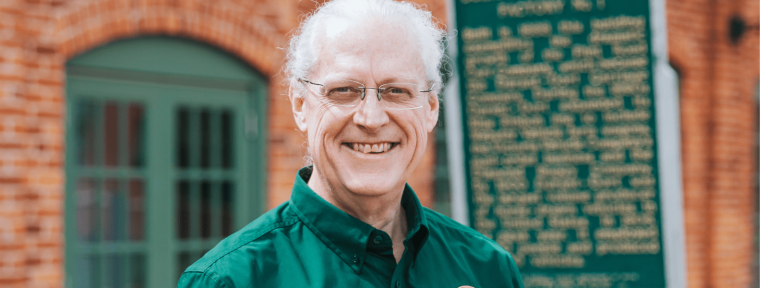
“This will also increase the visibility of the University within the Flint community.”
The Special Collections and University Archives at Kettering University (or, just the Kettering University Archives, since that rolls easier off the tongue) was established in 1974 largely through the vision and research interests of one Richard P. Scharchburg and members of the university’s Alumni Foundation.
The nexus of the collection was the acquisition of the William C. “Billy” Durant Collection from Durant’s widow, and has grown into a collection in excess of 4,500 linear feet of documents (manuscripts and photographs, mainly), plus several hundred books and other “artifacts” (that fancy archival term that is used for stuff we archivists really don’t know what to do with). The emphasis of the collection documents the early history of the automobile industry—not surprisingly, given the early history of the University itself. Because of this, however, the collection is also an excellent source for the history of Flint and the history of Kettering University itself; the three are inexorably intertwined.
The collection also documents the administrative, academic, and social life of Kettering University. Beginning with the papers of Maj. Albert Sobey, the archives is the home of the records kept by his successors, as well as many other offices of the University. The archives has also collected copies of The Reflector, the yearbook published by the student body, and other student organizations, as well—and the archives is always looking to add more of those kinds of records. Want to know, for instance, how someone like Elliott “Pete” Estes ’39 was selected to receive the Albert Sobey Memorial Award, when Major Sobey didn’t die until 1960? Watch this space for the somewhat convoluted answer in the coming weeks, as well as other curiosities.
As you may be aware, in the coming weeks the bulk of the archives collection—those materials related to the history of the early automotive industry and Flint, will be relocating to the Durant-Dort Factory One Est. 1886 building on Water Street. General Motors acquired the building several years ago, and since has spent millions of dollars to refurbish the building—including devoting about 10,000 square feet to housing the archives in a state-of-the-art climate controlled space that is expected to be a great draw to researchers and students. This will also increase the visibility of the University within the Flint community, as well, particularly after the archives gets settled in the new space and becomes more proactive with outreach programs. Students have already caught wind of the changes and there has been interest expressed in having a “behind the scenes” tour; if there is a similar interest on the part of faculty/staff, I’ll be more than pleased to do something similar. Until next month!